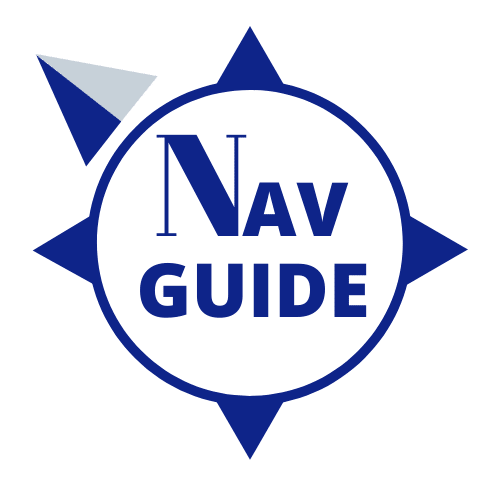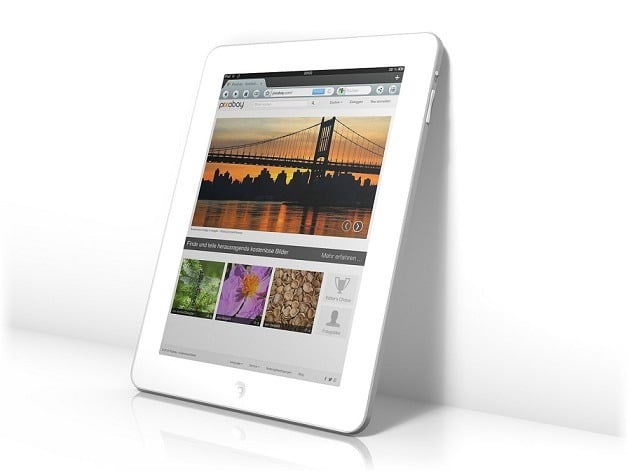
Navguide Solutions LLP
The Navguide Blogs

Want to write for us? Just let us know...
Menu
Chinese PSC: The most common deficiencies

The Rise of China
China broke a number of world records in the last two decades, leaving the whole world stunned. Among many such accolades, China now has the busiest ports in the world. Shanghai surpassed the ports of Singapore or Rotterdam, leaving them to bask in their former glory.
With thousands of vessels on their shores carrying merchandise to and from all over the world, the Chinese Port state had to become equally active and impenetrable. When you are a billionaire you need to take care of your security!
What to expect in Chinese PSC Inspections
There have been a number of recent detentions in Chinese ports for vessels failing miserably in Port State inspections. A code 17 is never a good news for an owner!
First up, if you run a safe ship do not worry. Contrary to popular belief, the Port state in China is not much different from any other port. The officers are not unreasonable but are also not very flexible. They have a very clear understanding of requirements and are quite ruthless in enforcing them. Any lapse in safety items is not considered with leniency.
Common deficiencies
The list below gives few of the most common deficiencies which were raised during Chinese PSC inspections. This list only has repetitive findings from a study of a few thousand deficiencies over the last few years.
While other findings were rare, these kept recurring:
- Wrong connection of Liferaft HRU weaklink;
- Watertight doors rubber packing damaged;
- Fire doors insulation packing damaged;
- Fire-door-closers not working or held open by ropes;
- IMO Symbols missing (Very very common)
- Lifeboat Engine starting problems (Eg. Engine does not start with one battery);
- Lifeboat front window glass racked and unclear;
- Lifeboat safety belts damaged;
- VDR Retro tape on Monkey Island peeled off;
- MOB Marker Lines/buoys not in order;
- Bridge publications either not available or not corrected up to date;
- Ballast tank air vents cracked;
- Safety nets in gangway not properly rigged/torn;
- Emergency lights malfunctioning; (Deck and Engine room)
- ORB I, ORB II or Garbage record book entries not proper
- ORBs not available for last 3 years; (Check if the ship was taken over by new management within the last 3 years)
- BDNs not available for last 3 years;
- Bridge equipment – particular attention to AIS and BNWAS;
- Original certificates not available (copies only);
- SOPEP not up to date;
- Pressure gauges malfunctioning in the Engine room
- Insulations broken / 220 or 440 V insulation low
- Problems with the closing of Engine room fire dampers
- Machinery Leaks in the Engine room
- Crew not aware of procedure of donning Fireman’s outfits.
- Oily water separator not maintained properly
Most of the Port state inspections above are from ports of Qingdao, Rizhao, or Zhoushan.
Conclusion
As you can see, the focus is mainly on safety and SOLAS. One more thing – stick to being a professional during the inspection and do not make any excuses. The whole point of PSC inspections was to filter out substandard ships and those are the ones who need to worry.
This list cannot be considered exhaustive in any way. The Chinese PSC falls under the Tokyo MOU and you must be aware of any Concentrated Inspection Campaigns (CICs) running at the time; the trend changes by the day.
Contact us
Leave us a note and we will get back to you for a free consultation
- +91-99846 85150 / +91-94745 21345
- captain@thenavigatorsguide.com
- WhatsApp: +91-98300 49159 / +91- 99846 85150
- https://www.linkedin.com/in/debashis-basu
